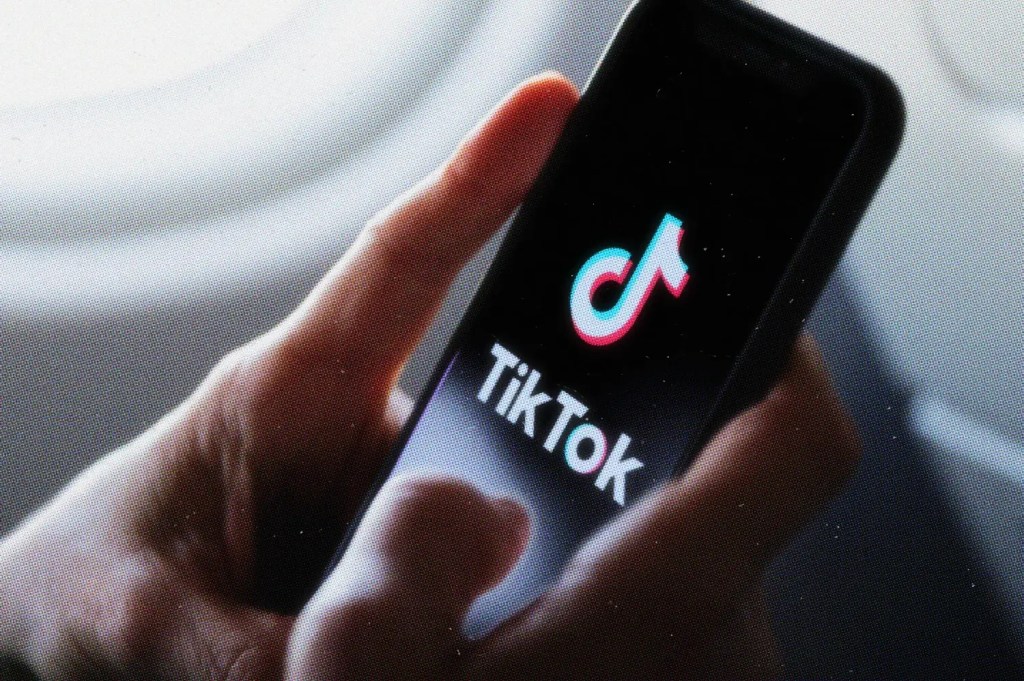You’ve heard the buzz for weeks now, but the time has come: TikTok will be banned in the United States on January 19.
Although there are a number of potential failsafes (including last-minute legislation from President-elect Donald Trump), it’s looking like TikTok will soon be shuttered.
What does that mean for small business owners who rely on the app? Where will casual scrollers of TikTok go next?
We’ve done some work to get the answers for you in this article, but the prevailing message is this: TikTok being banned means everyone from small business owners to casual consumers are looking for the next best thing, and there perhaps more questions than answers. For now.
Why is TikTok being banned?
At a high level, the US government is concerned about a national security threat because TikTok is owned by a foreign entity. As a preventative measure, President Joe Biden signed bipartisan legislation calling for a ban in April 2024.
Leading up to the ban, the U.S. government gave TikTok’s parent company, ByteDance, the opportunity to transfer ownership and operation of the app to an American-based entity. So far, despite there being a few rumored buyers raising their hands, a solid option has not materialized1, and despite President-elect Donald Trump’s request to stay the law until a buyer is confirmed, it’s unclear whether ByteDance will be given more time2.
What will happen if TikTok is banned?
At first, TikTok will be removed from Google Play Store and Apple’s App Store, making TikTok unavailable for download in the U.S. market.
Then, slowly over time, the app will become inoperable as updates from the parent company are not sent to U.S. users. It will effectively be rendered obsolete. And unsafe. Without app updates, security updates that are commonly sent to users will also be withheld from the U.S. market, rendering TikTok even more prone to hacking.
What will the TikTok ban mean for small business owners?
Nearly 7 million U.S. businesses that use TikTok regularly will suddenly be isolated from those consumers. The way the app presents videos and user preference for genuine content has allowed many small businesses to build a following with limited budgets and also sell products on TikTok Shop.
To put it into perspective, that’s the equivalent of losing up to 170 million users in the US alone, who spent 51 minutes per day on the app in 2024. For small businesses who rely on TikTok traffic, that could mean tremendous loss in revenue.
If TikTok is banned, here are a few tips on recouping lost business:
1. Download and store your existing TikTok content.
By now, if you’re concerned about what a TikTok ban might do to your business, it’s safe to assume you have amassed a library of content that is still performing well for you. Make sure you download it all to either a local hard drive or to the cloud of your choice.
With your new downloaded archive of content ready to go, you’ll be able to upload it all to another platform, and keep your social strategy flowing seamlessly.
2. Prepare your “exit notes” so customers know where to find you.
It’s unlikely that you’ll stop using video content altogether, especially after downloading it all (more on that later). Therefore, before an actual ban takes place, make sure you let your customers know where to find you.
Record a short farewell address, and make sure you include how existing customers can reach you. If you already know which social platform you’re turning to next, make sure to share your handle!
3. Decide where to go next.
Many businesses are exploring moving to other channels, such as Instagram Reels, YouTube Shorts, Facebook Stories, and Snapchat, for a very specific reason: these channels are video-based mediums.
If you’re the most familiar with using video to find customers, there’s no reason to stop doing that, especially when there are so many other options on the market.
Although it’s too early to tell where consumers will turn after TikTok is removed from circulation, it’s important to note that most channels that favor video are beginning to operate similarly.
At the end of the day, video is key, so exploring other platforms is the next right move for small business owners.
What is RedNote?
Another video app is on the rise; over the last week, TikTok users have started migrating en-masse to a popular Chinese social media platform called Xiaohongshu, or RedNote in English.
It’s already reaching the top of the Apple App Store in terms of downloads, and because it’s more like Instagram or Pinterest than TikTok, which are still wildly popular in the U.S., the learning curve is fairly low.
RedNote was originally designed for women with a focus on travel, makeup, fashion, and shopping. With 300 million active users, it’s an alternative small business owners are willing to bet on.
Is RedNote safe?
Like any social media app, RedNote gathers a lot of user data. This can sometimes include sensitive information, like your location via your IP address, as well as your browsing habits. Chinese privacy laws let RedNote share this data with third-party service providers or government authorities.
The app’s terms and conditions are also in Mandarin, making it difficult for English speakers to understand what they’re consenting to.
It’s not yet clear what opportunities for U.S. influencers or businesses there will be on RedNote if TikTok is banned.
